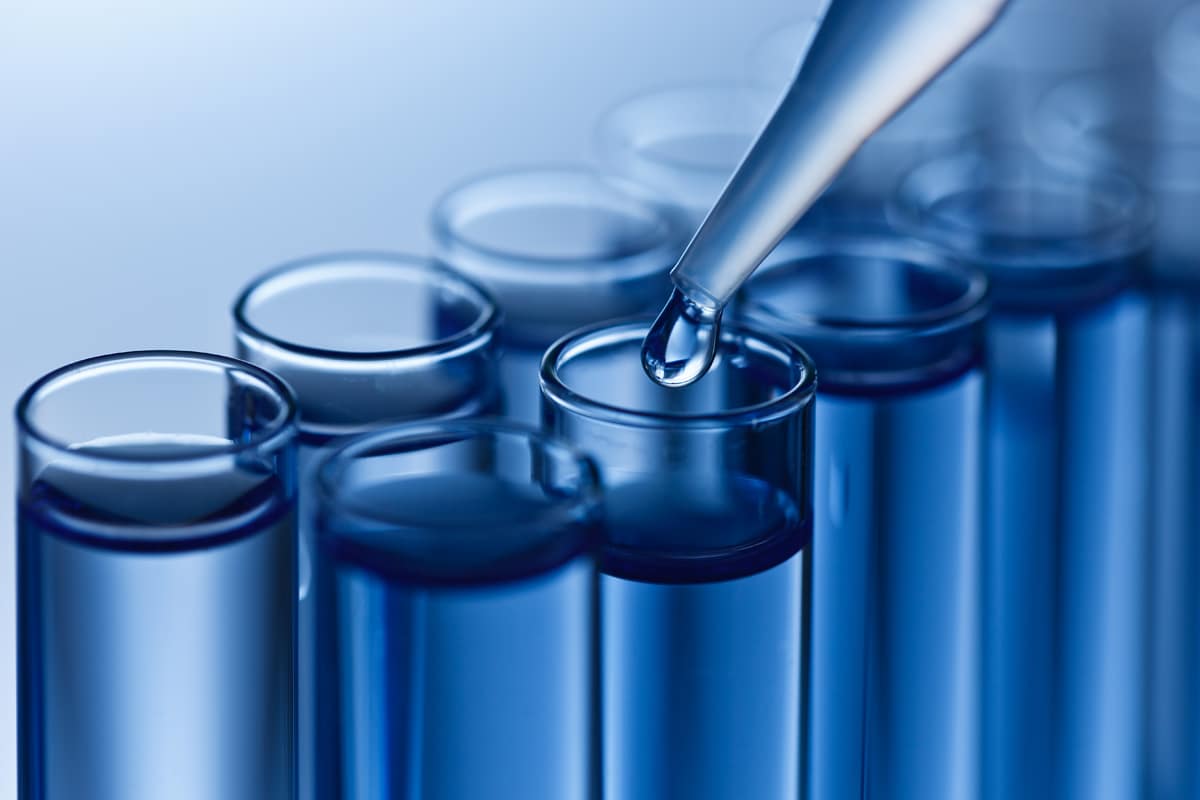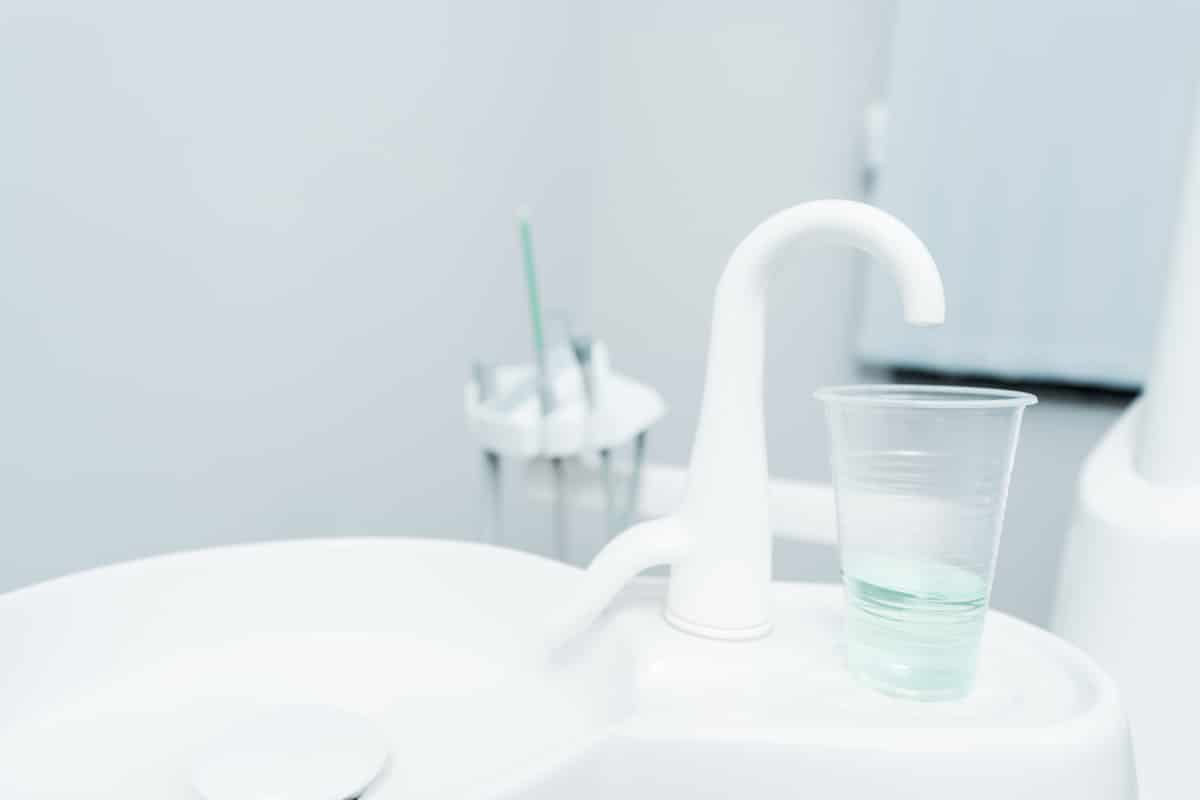Ensure Your Dental Unit Waterlines Are Safe
Ensuring the safety of dental unit waterlines is just as important as wearing gloves when providing treatment or sterilizing instruments.

Ensure Your Dental Unit Waterlines Are Safe
Ensuring the safety of dental unit waterlines is just as important as wearing gloves when providing treatment or sterilizing instruments. When dental unit waterlines are not appropriately maintained, disastrous consequences can occur. For example, 20 children who received pulpotomy treatments in the same Georgia dental clinic required hospitalization due to Mycobacterium abscessus infections in 2015. Untreated dental unit waterlines were the source of the bacterial contamination. In 2016, more than 50 children who received pulpotomy procedures were exposed to M. abscessus via the dental unit water in a pediatric dental clinic in Anaheim, California, causing severe infections that required hospitalization.
Photo Credit: EDWARDOLIVE/ISTOCK/GETTY IMAGES PLUS

Water as a Risk Factor
All untreated dental unit waterlines contain biofilm—an adhesive film of microorganisms that adhere to a variety of surfaces. Due to the high risk of biofilm formation in dental unit waterlines, the United States Centers for Disease Control and Prevention recommends that dental unit water used in nonsurgical procedures adhere to the same standards released by the US Environmental Protection Agency for drinking water, which is ≤ 500 colony forming units (CFU)/ml. A CFU is the measurement used to ascertain the number of viable bacteria, molds, and fungi in a liquid substance. Unfortunately, microbial counts in dental unit waterlines can rise quickly, easily reaching 200,000 CFU/ml and higher.
Photo Credit: Filograph/ISTOCK/GETTY IMAGES PLUS

Strategies to Maintain Water Quality
A variety of options are available to dental practices to maintain water quality. Self-contained water reservoirs that are treated with chemical products either periodically or continuously are designed to maintain an acceptable water quality level and control the formation of biofilm. Point-of-use systems at the chair or full-practice systems filter source water and use a chemical disinfectant to control biofilm. A combination of both types of systems may be helpful. Independent water bottle systems alone are not enough to ensure water meets safe drinking water standards, nor is the use of distilled or sterile water in the water-output system. The use of chemicals or filters to remove or kill bacteria is necessary.
Photo Credit: dra_schwartz/E+

Cartridges or Chemicals?
Systems are either based on treatment cartridges that output disinfection chemicals or filters that eliminate particles found in the water. Affixed to the dental unit’s water bottle pickup tube, treatment cartridges must be replaced regularly according to manufacturer instructions, in order to maintain effectiveness. Typically installed on waterlines near the device (eg, handpiece or air/water syringe), filter systems remove microorganisms from the water before they pass into the dental instrument. In order to maintain efficacy, filters must be replaced at regular intervals according to manufacturer instructions. Some filter systems also incorporate a chemical disinfectant to protect against the formation of biofilm.
Photo Credit: AGEphotography/ISTOCK/GETTY IMAGES PLUS

Shock Treatment
Before beginning a chemical regimen, dental unit waterlines may need a shock treatment. Some systems may also require shock treatments at specific intervals. The treatment may be either continuous or intermittent, depending on the manufacturer instructions. Manufacturers are important allies in ensuring safe water. They can provide myriad information on the best systems to treat water in dental unit waterlines based on individual practice parameters. Only systems or products that are regulated by the EPA or the US Food and Drug Administration for dental unit waterline treatment should be used.
Photo Credit: milanvirijevic/E+

Alternative Source of Contamination
The water used in dental units is not the only source of contamination. Microbes can enter the waterlines from patients’ mouths during treatment. Oral health professionals need to review manufacturer instructions to ensure that either their dental units prevent retraction of fluid or whether an anti-retraction valve is used, which would require regular maintenance to be effective. Flushing the water and air from devices—such as handpieces, ultrasonic units, and air/water syringes—for 20 seconds to 30 seconds after patient treatment is prudent to reduce the likelihood that patient material—such as blood or saliva—will enter the dental unit waterline. While mechanical flushing does little to reduce biofilms in dental unit waterlines, it may reduce the number of microbes temporarily and is valuable for removing free-floating contaminants in the water. Some treatment products that use continuous treatment do not require flushing.
Photo Credit: RichLegg/E+

Importance of Monitoring
The only way to ensure a quality program is to test the water coming out of the unit. A well-designed water quality indicator should accurately detect a wide concentration range and type of aerobic mesophilic heterotrophic waterborne bacteria within a reasonable incubation time at room temperature. In addition to in-office testing kits, laboratories across the US also offer mail-in testing services. Oral health professionals should consult with the manufacturer of their water treatment systems to determine accurate testing modalities and appropriate intervals for testing.

